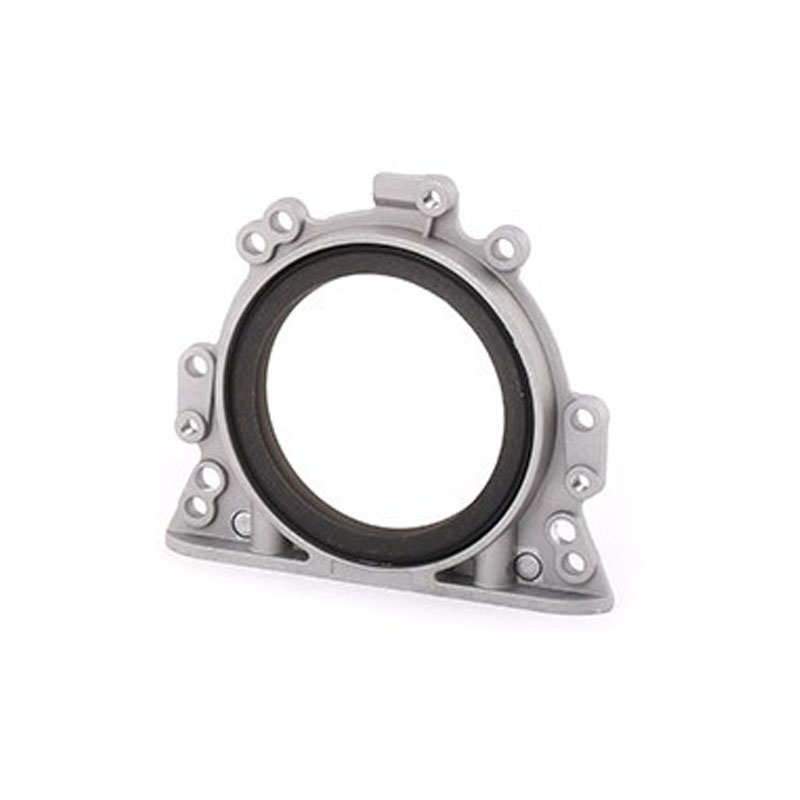pump shaft seal
Understanding Pump Shaft Seals Importance, Types, and Maintenance
Pump shaft seals are critical components in a variety of industrial and commercial applications, playing a vital role in ensuring the efficient operation of pumps. These seals are designed to prevent the leakage of fluids along the pump shaft, which is essential for maintaining system integrity, optimizing performance, and minimizing environmental impact.
Importance of Pump Shaft Seals
The primary function of a pump shaft seal is to contain the pumped fluid within the system, preventing it from escaping into the environment. This is crucial not only for safety and compliance with environmental regulations but also for maintaining the pump's efficiency. A leaking pump can lead to significant fluid loss, increased operational costs, and can even cause damage to surrounding equipment or machinery due to corrosion or contamination.
Moreover, effective sealing aids in preventing contaminants from entering the pump, which can lead to wear and damage over time. Therefore, proper sealing extends the life of the pump, reduces maintenance costs, and enhances overall operational reliability.
Types of Pump Shaft Seals
There are several types of pump shaft seals, each designed to meet specific operational requirements and conditions
1. Mechanical Seals These seals consist of two flat surfaces that create a barrier against leakage. They can handle higher pressures and temperatures and are commonly used in rotary pumps. Mechanical seals come in various designs, including single, double, and cartridge types.
2. Packing Seals Also known as gland packing, these seals are made from braided fiber or other materials that compress around the shaft. They are simple to install and maintain but may require regular adjustments and replacements due to wear.
pump shaft seal

3. Lip Seals These seals use a flexible lip that presses against the shaft to prevent fluid leakage. Lip seals are often used in conjunction with other sealing methods and are suitable for low to moderate-pressure applications.
4. O-Rings A common sealing solution, O-rings are circular gaskets that fit into a groove around the shaft. They are effective for preventing leakage at low pressures and are often used in static applications.
Maintenance Best Practices
To ensure the longevity and effectiveness of pump shaft seals, regular maintenance is essential. Here are some best practices
- Routine Inspections Regularly check for signs of leakage or wear, paying close attention to the seal area.
- Proper Installation Ensure seals are installed correctly according to manufacturer specifications to prevent premature failure.
- Material Compatibility Use seals made from materials that are compatible with the fluid being pumped to prevent chemical degradation.
- Environmental Conditions Consider the operating temperature and pressure, as well as exposure to external contaminants, when selecting a seal type.
In conclusion, pump shaft seals play a pivotal role in the performance and reliability of pumping systems. Understanding the different types of seals available and implementing effective maintenance practices can significantly enhance the operational efficiency and lifespan of pumps across various industries. By prioritizing seal maintenance and selection, businesses can ensure their pumping systems run smoothly and remain environmentally responsible.
-
The Ultimate Guide to Car Repair Kits: Tools and Essentials Every Driver Should Own
News Aug.01,2025
-
The Complete Guide to Oil Pan Gaskets: Sealing Engine Leaks the Right Way
News Aug.01,2025
-
Preventing Oil Leaks: A Complete Guide to Oil Pan Gaskets and Drain Seals
News Aug.01,2025
-
Everything You Need to Know About Oil Pan Gaskets and Drain Plug Seals
News Aug.01,2025
-
Essential for Car Owners: How to Use a Car Repair Kit to Deal with Minor Breakdown
News Aug.01,2025
-
Comprehensive Guide to Engine Oil Sump Gaskets and Related Seals
News Aug.01,2025
-
The Ultimate Guide to Boat Propeller Bearings and Trailer Wheel Bearings
News Jul.31,2025
Products categories















